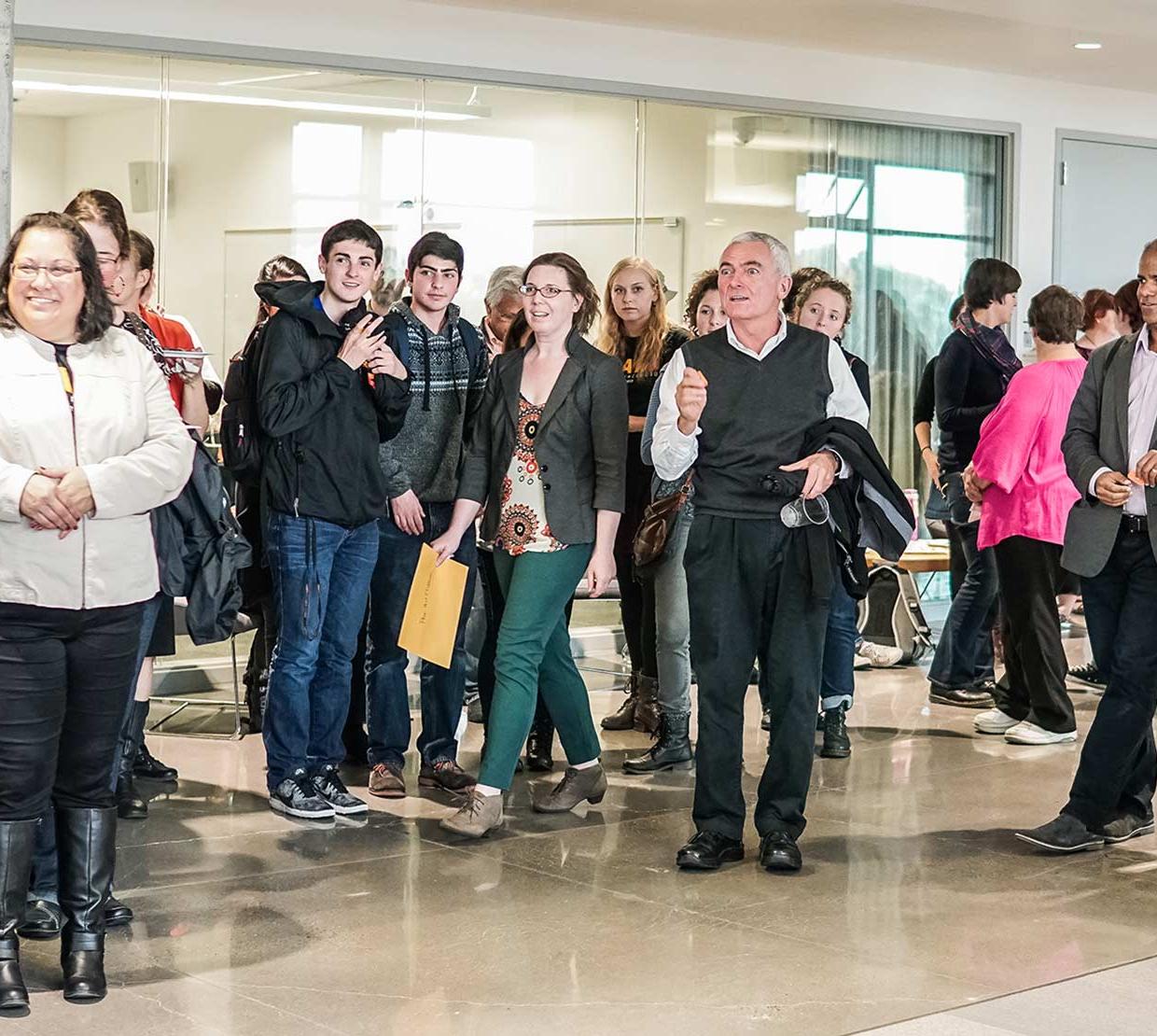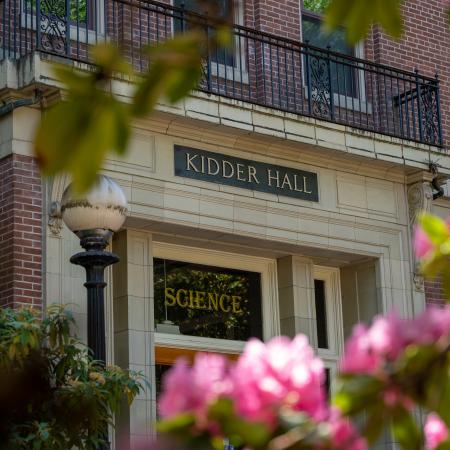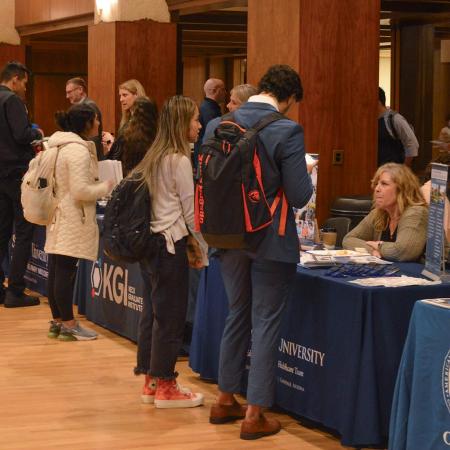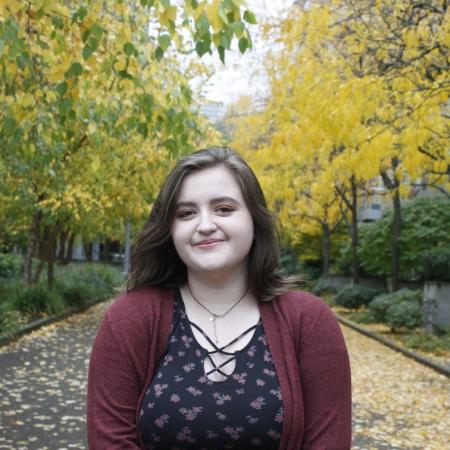Based on a recent Honors College article.
Why did Arden Babb, a biological engineering student, take the course, The Art of Science/the Science of Art, a unique interdisciplinary honors college colloquium last fall?
“I want to be more confident that the artistic side of me is good for studying science…I want to merge these parts of myself.”
Instructor Randy Milstein, who has a lifelong love for photography as well as appointments in the College of Earth, Ocean and Atmospheric Science and in the Honors College, understands that impulse completely. Inspired by his own interdisciplinary exploration and by SPARK, a yearlong collaboration at OSU celebrating the interplay between art and science, Milstein designed the course to encourage a lifelong passion for both science and art in his students. Often thought of as opposite endeavors, art and science both draw from the power of human creativity and imagination to move forward.
“Students are often told that they have to do one thing – their major – but if you’re going to be a good scientist or engineer, you have to be imaginative, creative,” said Milstein.
The broad-ranging course challenges students to make unusual comparisons: What do ballerinas and spiral galaxies have in common? Why did artists like Le Corbusier and Dali aspire to mathematics’ golden ratio in their paintings? How did the invention of photography change the way we “see” in both art and science? Students enjoy discussions and workshops with visiting guest artists and scientists – from dancers to photographers, authors, and robot engineers.
And it’s not all just talk: students must try their hand at drawing, photography, creative writing, and imaginative problem solving.
“You don’t give up what you love,” Millstein tells his students. “Dance is physics. Geology is art. Use these passions to make you stronger in your field. Don’t see them as a limitation.”



